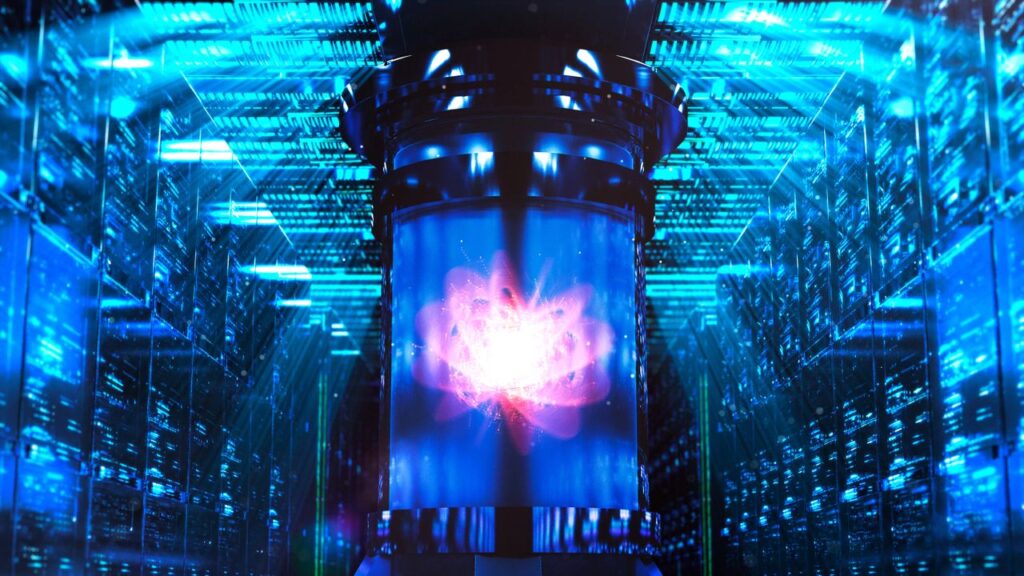
Nuclear waste may hold the key to a cleaner energy future as scientists investigate its potential to generate tritium, a rare isotope critical for nuclear fusion. Terence Tarnowsky, a physicist at Los Alamos National Laboratory, presented these findings at the recent American Chemical Society meeting, suggesting that repurposing nuclear waste could pave the way for a new era of virtually limitless clean energy.
Tritium, a radioactive form of hydrogen, is essential for certain nuclear fusion reactions, particularly the fusion of tritium with deuterium, another hydrogen isotope. Despite its potential, tritium is not readily available on Earth and is costly to produce. Currently, the United States has approximately 90,000 tons of nuclear waste, which poses storage and environmental challenges.
Tarnowsky explained that while nuclear fusion could provide emission-free energy, the high cost and limited supply of tritium present significant hurdles. He highlighted that “there’s limited availability and a high cost for tritium right now, and that presents a barrier to the technology’s success.”
Innovative Solutions for Tritium Production
The first commercial nuclear fusion reactors are expected to rely on tritium, making its efficient production crucial. Although other fusion reactions exist, such as those involving helium-3, they require higher temperatures, making them less feasible. Currently, tritium has a short half-life, decaying by 5.5% annually, which complicates its storage and use.
For future fusion plants to succeed, Tarnowsky emphasizes the need for innovative methods to produce tritium. One proposed solution involves utilizing existing nuclear waste through a particle accelerator that splits atoms. This process would not eliminate nuclear waste but would allow for the extraction of tritium from it. Recent technological advancements could enhance the efficiency of this method.
Tarnowsky’s preliminary calculations suggest that using 1 gigawatt of energy could yield approximately 4.4 pounds (2 kilograms) of tritium annually. This quantity could potentially power tens of thousands of homes in the U.S. for a year. He estimates that the proposed design could produce over 10 times more tritium than current methods using the same energy input.
Challenges Ahead and Future Prospects
Despite the advantages of utilizing nuclear waste, the U.S. currently lacks a stable, affordable supply of tritium, which costs around $15 million per pound ($33 million per kilogram). In contrast, vast amounts of nuclear waste exist, presenting both a challenge and an opportunity. As Tarnowsky puts it, “This technology is possible today. It would be a very large paradigm shift with respect to utilizing the spent nuclear fuel that we have already, owned by the government.”
While considerable work remains before a full proposal can be developed, Tarnowsky is encouraged by the positive reception of his ideas. The public perception of nuclear energy has shifted dramatically since notable accidents at Three Mile Island and Chernobyl, with increasing interest in its potential benefits for clean energy.
As discussions about climate change and sustainable energy intensify, the exploration of nuclear waste as a resource for tritium production could play a pivotal role in shaping the future of energy generation. The scientific community remains hopeful that overcoming the existing challenges will unlock the vast potential of nuclear fusion as a sustainable energy source.







